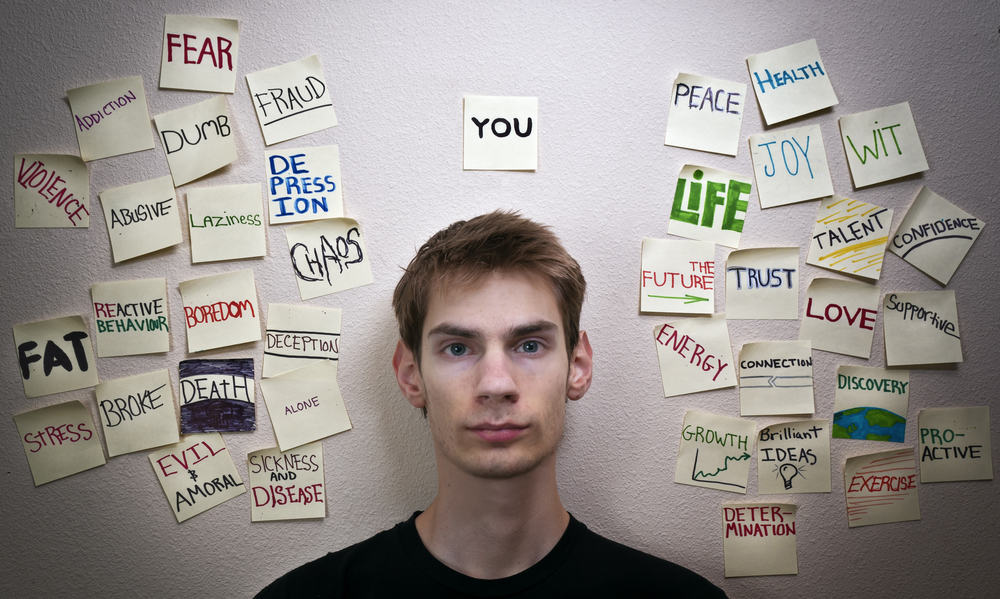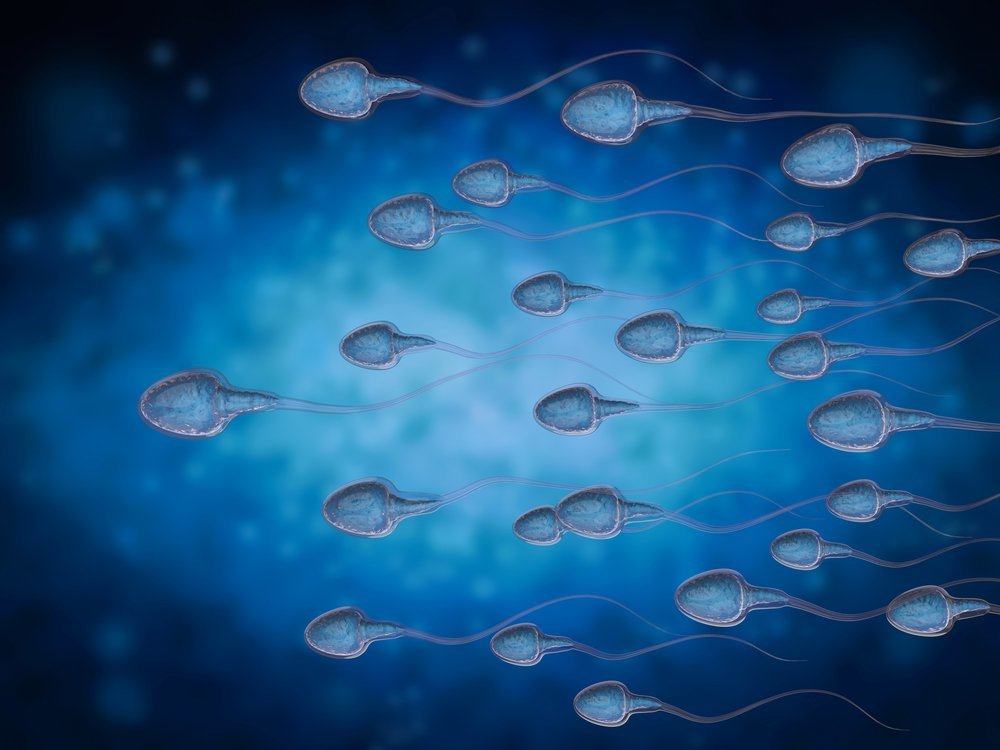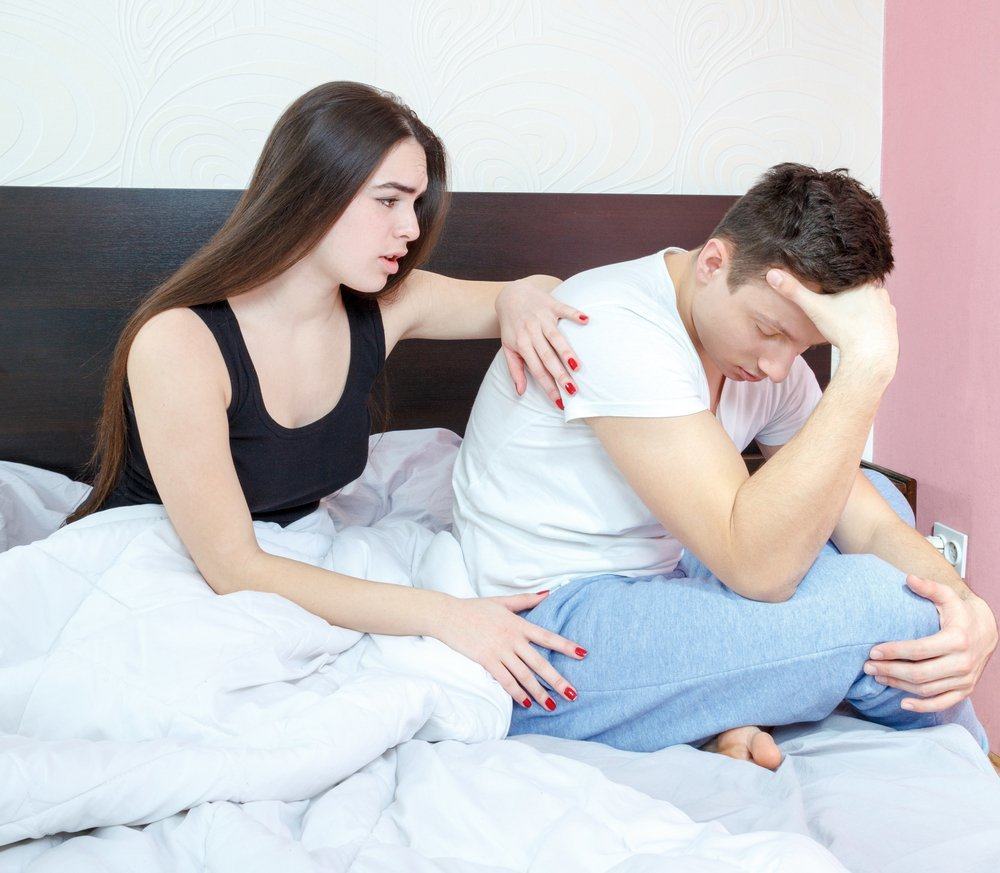Contents:
- Medical Video: Infantile Spasms/ West Syndrome Awareness: Unusual Baby Twitches, Seizures, Jerking, Epilepsy
- What causes baby spasms?
- What are the signs and symptoms of baby seizures?
- What should be done when the baby has a seizure?
- When to see a doctor?
Medical Video: Infantile Spasms/ West Syndrome Awareness: Unusual Baby Twitches, Seizures, Jerking, Epilepsy
Seeing a baby who has a sudden spasm can no doubt make every parent panic and worry. Actually what causes seizures in infants, and how do you deal with baby seizures? Here's the full information.
What causes baby spasms?
The function and movement of the body are regulated by the brain through the delivery of electrical signals (neurotransmitters) that are sent to the nerves of the muscles. Seizures occur due to abnormalities in the activity of the electrical signals, causing disturbances in movement, sensation, consciousness, or causing odd behavior without realizing it and can not be controlled by the owner of the body.
These neurotransmitter activity abnormalities can be triggered by nerve damage that can be caused by head injuries or birth defects, problems with the balance of chemical compounds in the brain, infection,to high fever.
Seizures in infants tend to be caused by high fever, so-called febrile seizures (step). Febrile seizures often occur in children aged 6 months to 5 years. The cause of febrile seizures is a high fever due to inflammation or infection. Allegedly genetic factors also play a role in cases of childhood febrile seizures, especially if there is a history of epilepsy in the family.
What are the signs and symptoms of baby seizures?
Common symptoms that arise when a baby seizures include muscle stiffness, the eyeballs rotate upward, and the entire body.
But not all seizures involve non-stop shock throughout the body. The child's body may suddenly go limp like it is powerless and fall. Or, his eyes flickered but his gaze was empty and did not respond when his name was called or his body was touched like he was daydreaming.
In conditions of severe seizures, the baby may remain frozen and appear to not breathe, his lips turn blue, and remove foam from his mouth. Towards the end of the seizure, the child may wet or wet his pants.
What should be done when the baby has a seizure?
The first aid that you can do if your baby is suddenly seizure is to lay the child in a horizontal plane (floor, mattress, or ground). Move it to a safer place only if it has a seizure in dangerous places.
Position the body lying to the side to prevent saliva or vomiting from entering the airway. Loosen children's clothing to make it more comfortable to breathe.
To deal with child seizures, do not put anything into the mouth. Don't also force open his mouth with a spoon. Don't drink coffee. Someone who experiences seizures should not be given any food or drink. Providing food or drinks can cause children to choke, so that the airways are blocked and lead to stop breathing. Do not hold the child's leg or hand forcefully during a seizure, because it can actually cause a fracture.
After the seizures gradually recover, let him sleep and rest.When the seizure is over, the child may feel sleepy or still not fully conscious. Keep watching the child until the child wakes up and is fully aware.
Byou go to the doctor as soon as possible to find out what caused it. Measure the child's temperature during a seizure, observe how long the seizure is and what happens during a seizure, because this information is very useful for your pediatrician.
When to see a doctor?
There is no need to take the child to the ER every time a seizure appears. But quickly contact emergency care (118) or go to the nearest emergency room if:
- Your child has never experienced a seizure before
- Recurrent seizures occur very often
- Aftershocks occur
- Your child is confused or 'high' more than 2 hours after the seizure is over.
- The first seizure lasts more than 5 minutes
- Seizures in children with epilepsy last more than 10 minutes (generally, the incidence of epilepsy will not hurt the brain if it does not last more than 30 minutes.)












